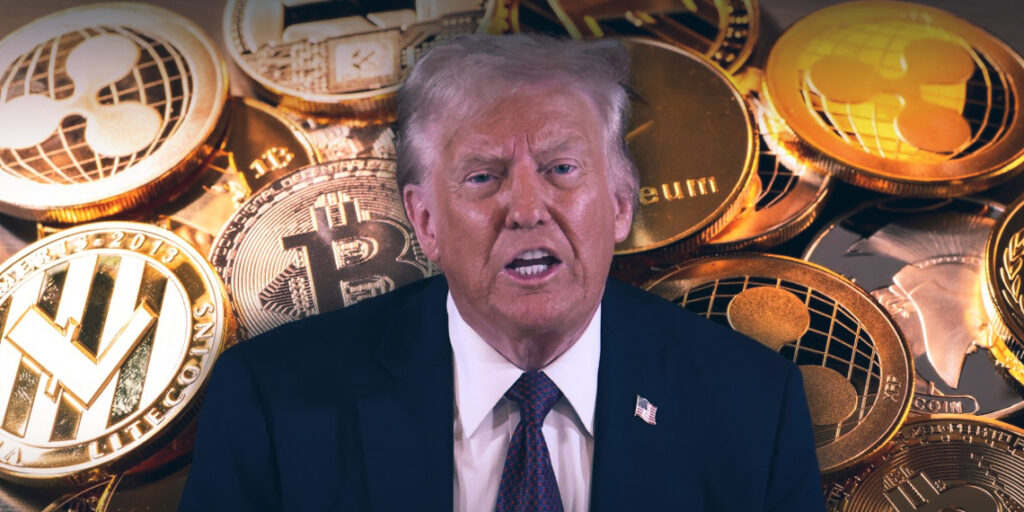For years, advocates of cryptocurrency in the U.S. have battled to secure its legitimacy, warding off regulatory challenges and advocating for more accommodating policies.
The landscape seemed to shift when Donald Trump, during his campaign, appeared as a proponent of cryptocurrency, vowing to curb regulators, release incarcerated industry figures, and integrate crypto prominently into his economic strategy.
Investors responded positively, cryptocurrency values soared, and the belief that Trump would be the protector of American crypto solidified.
However, the reality is shaping up to be less favourable. Although Trump has made moves that the industry may regard as steps toward stability and legitimacy, he has also introduced new risks and contradictions that could prove counterproductive. This week, a Trump family-endorsed cryptocurrency venture, World Liberty Financial, unveiled plans to launch a stablecoin.
Critics argue that this move represents a conflict of interest for the President, who is actively involved in shaping policies from which he could personally benefit.
The irony is palpable: Crypto investors once saw Trump as an ally, only to discover that his support could be more detrimental than beneficial.
The crypto sector’s initial excitement about Trump was a reflection of broader frustrations in the U.S., where regulatory ambiguity has hindered financial innovation.
The Securities and Exchange Commission has targeted major crypto companies, contending that many tokens act like securities and should be regulated accordingly. This regulatory haze has left companies in a state of limbo, with some choosing to relocate abroad.
Against this backdrop, Trump’s promises to dismantle regulatory barriers and end litigation from enforcers seemed promising.
Yet, the issue extends beyond regulatory uncertainty. There is a growing confusion between speculative ventures and genuine financial innovation.
Now, meme coins, scams, and unsupported projects are often conflated with legitimate innovations like stablecoins and blockchain-based payment systems.
Trump has contributed to this confusion by indiscriminately embracing the entire spectrum of crypto offerings, failing to differentiate between those that need nurturing and those that should be discarded.
For instance, the $TRUMP meme coin, primarily controlled by Trump’s companies, saw its value skyrocket to $27 billion within a day of its launch, momentarily positioning Trump among the richest in the crypto world, only for its value to halve shortly thereafter.
Ethics experts have decried the launch as a glaring conflict of interest, while others liken it to a typical “rug pull”—an initial surge fueled by hype before a swift collapse, leaving ordinary investors at a loss.
If Trump’s aim was to legitimize crypto, his personal actions have achieved the opposite. The launch of a $MELANIA token shortly afterwards only intensified these criticisms.
In the absence of clear regulations, two outcomes are inevitable: first, legitimate projects will struggle to gain traction in the U.S., as businesses and investors remain cautious of the legal risks; second, and perhaps more detrimental over the long term, the brightest minds in the industry might simply move on.
The true loss is not just companies relocating, but the next wave of developers and entrepreneurs deciding that the crypto sector is too fraught with challenges, opting instead to channel their talents elsewhere.
It is regrettable, as crypto possesses significant potential. For example, stablecoins could transform payment systems by reducing dependence on traditional banks and lowering transaction fees for businesses and consumers, particularly in cross-border transfers.
The current financial system compels people to depend on banks for basic transactions, often incurring high fees and lengthy delays.
A well-regulated stablecoin framework could offer a viable alternative. Moreover, Web 3.0 applications, running on crypto-based tokens, could challenge the hegemony of Big Tech, decentralizing control and empowering users.


